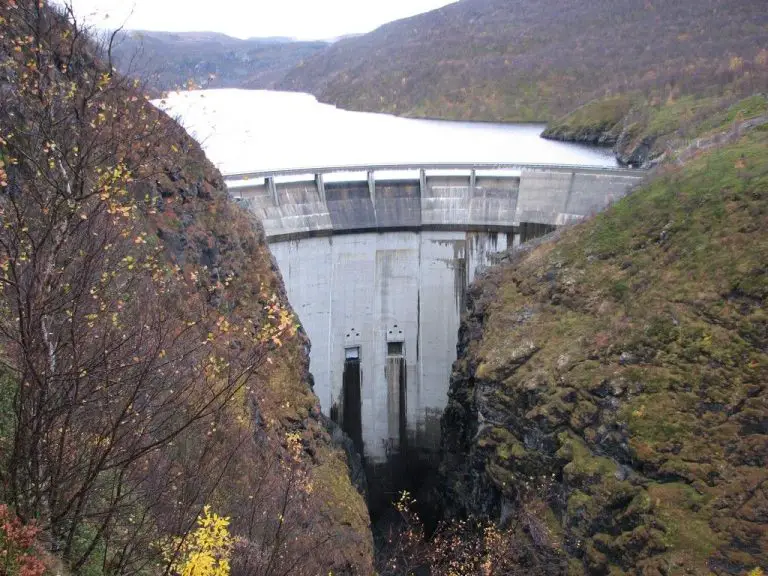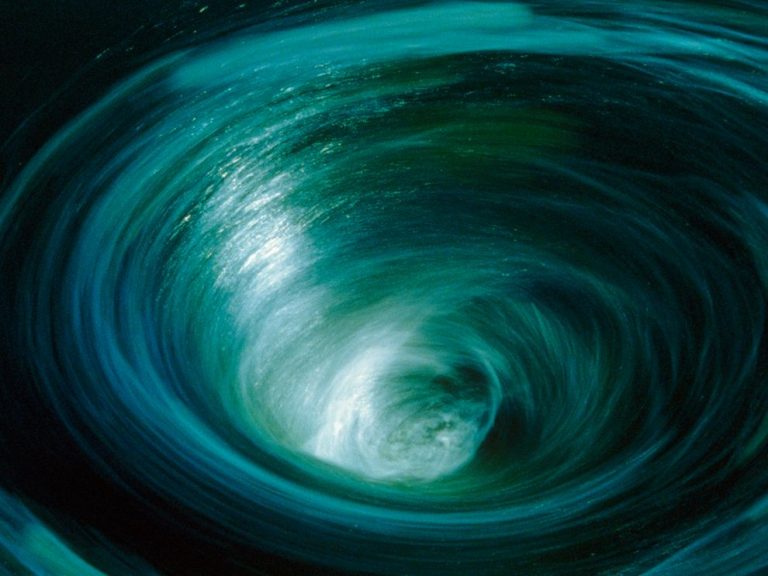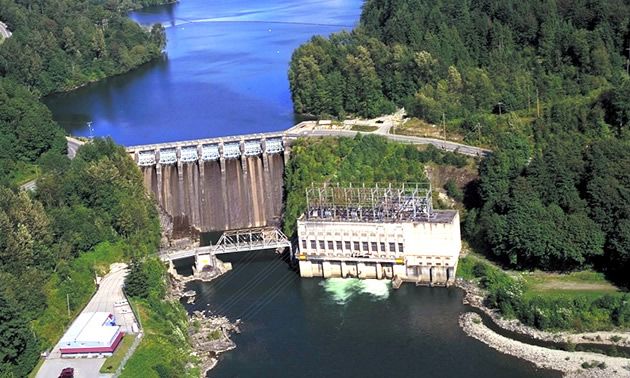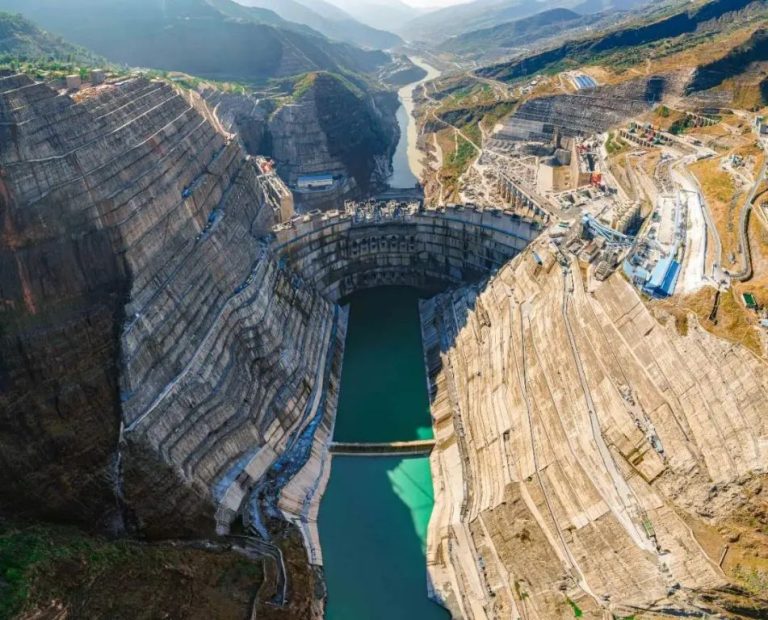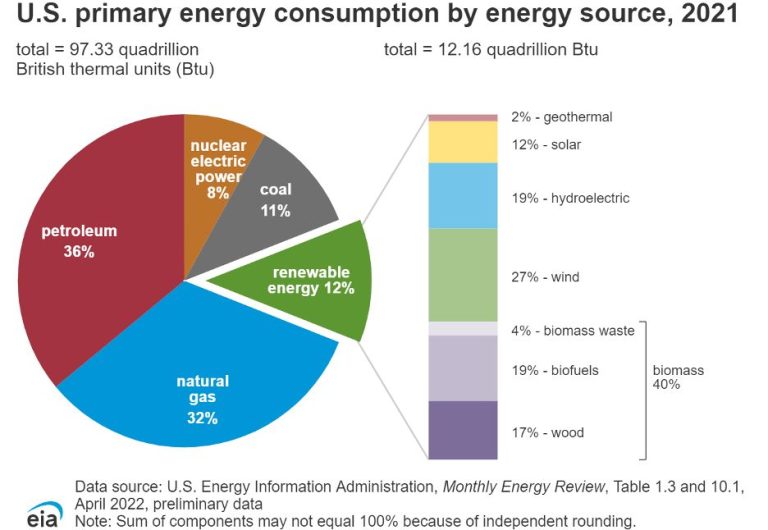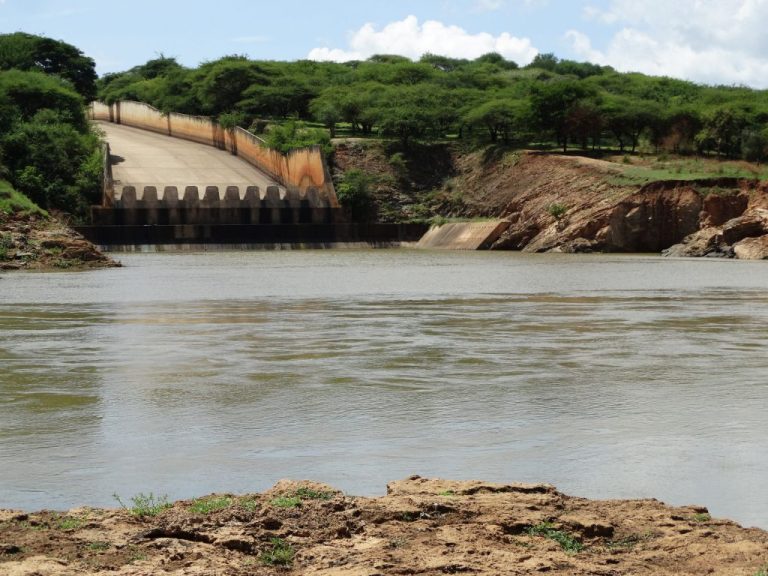How Powerful Is Hydropower?
What is hydropower?
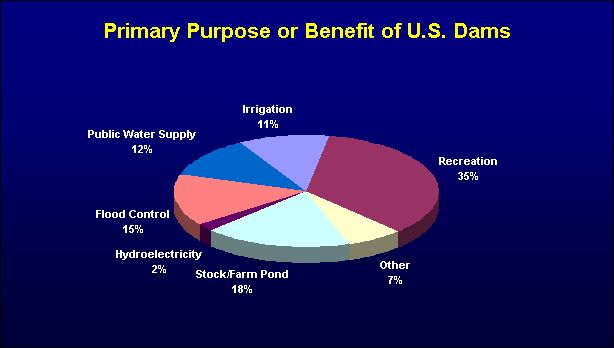
Hydropower, or hydroelectric power, is electricity generated by harnessing the energy of moving water. It is one of the oldest and largest sources of renewable energy in the world. Hydropower has been used for over a century, with the first hydroelectric power plant built at Niagara Falls in 1879 (Energy.gov).
Hydropower works by using the force of falling or fast-running water to turn turbines, which then spin generators to produce electricity. The amount of available energy in moving water is determined by its flow rate and fall distance or head. The greater the flow rate and head, the more energy can be generated (EIA).
There are three main types of hydropower facilities: impoundment, diversion, and pumped storage. Impoundment facilities use dams to store river water in a reservoir. The water is released through turbines to generate electricity as needed. Diversion facilities channel a portion of a river through turbines without the use of dams. Pumped storage facilities pump water uphill to a reservoir during periods of low electricity demand and release it to generate power during high demand (Wikipedia).
Hydropower is considered a renewable energy source because it relies on the water cycle to replenish the water used to generate electricity. It produces no direct waste or emissions, making it a clean and sustainable energy option.
Global hydropower capacity
According to the International Energy Agency, global installed hydropower capacity reached approximately 1,360 GW in 2021. This represents a 26 GW increase from the previous year. Over the past 20 years, total global hydropower capacity has risen by 70%.
The top countries for installed hydropower capacity in 2021 were China, Brazil, Canada, the United States, and Russia. China alone accounted for over 30% of global capacity. Other leading countries include India, Norway, Turkey, Japan, and France.
While global hydropower capacity has steadily increased over time, its share of total electricity generation worldwide has remained relatively stable at around 16%. This is largely due to the rapid growth in other renewable energy sources like wind and solar PV.
Hydropower’s share of electricity generation
According to the International Energy Agency, hydropower accounted for over 16% of global electricity generation in 2019 (IEA). This makes it the largest renewable energy source for electricity production worldwide.
However, hydropower’s contribution varies significantly by country. For example, it supplies over 65% of electricity in Brazil, 55% in Canada, and 45% in Norway. In contrast, hydropower only accounts for 6-7% of electricity generation in China, India, and the United States (Our World in Data).
The countries with the highest share of hydropower tend to have abundant hydro resources and relatively low population density. Meanwhile, more populous nations like China and India have invested heavily in hydropower but its share remains limited compared to other energy sources.
Advantages of hydropower
Hydropower has several key advantages that make it an attractive renewable energy source. First, it is renewable since it relies on the water cycle and does not deplete any finite resources (https://www.energy.gov/eere/water/benefits-hydropower). Hydropower is also extremely efficient at capturing energy, converting 90% of available energy into electricity.
Additionally, hydropower has very low operating costs compared to fossil fuels or nuclear power. The initial infrastructure costs can be high, but once a dam and power plant are built, electricity can be generated inexpensively. There are also essentially no fuel costs, unlike coal and natural gas plants which must purchase fuel.
Lastly, hydropower’s storage capabilities allow it to balance electric grids. By storing water in reservoirs, hydropower can quickly ramp up or down to meet energy demands. This makes hydropower a reliable complement to intermittent renewables like wind and solar (https://www.enelgreenpower.com/learning-hub/renewable-energies/hydroelectric-energy/advantages).
Disadvantages and challenges
While hydropower offers many benefits, it also comes with some notable disadvantages and challenges:
Hydropower projects require very high upfront costs for dam, turbine and power house construction. The size of these projects often requires billions in investments before any electricity can be generated and sold.
Hydropower is also limited by geographical constraints, as it requires flowing water at high volumes to be feasible. Many parts of the world lack the natural features like large rivers required for large-scale hydropower dams and reservoirs.
Drought sensitivity is another challenge, since hydropower relies on water flows which can vary seasonally. Multi-year droughts can severely reduce hydropower output and require supplementary power sources.Environmental impacts like fish migration interference and reduced downstream flows can also be a significant disadvantage of large dam projects.
Notable hydropower projects
Some of the most notable large-scale hydropower projects around the world include:
The Three Gorges Dam in China is the world’s largest power station in terms of installed capacity at 22,500 MW. This massive dam spans the Yangtze River and drives a complex of 32 generators.
The Itaipu Dam on the border between Brazil and Paraguay is the second largest hydroelectric power plant in the world at 14,000 MW capacity. It supplies around 75% of Paraguay’s electricity and 17% of Brazil’s demand.
The Baihetan Dam in China, which began operations in 2021, has a massive 16,000 MW generating capacity. It is currently the world’s largest and most powerful hydroelectric plant in terms of single-unit capacity.
The Grand Coulee Dam in the United States is one of the world’s largest hydroelectric plants with over 6,800 MW capacity. It spans the Columbia River and serves critical irrigation and flood control roles.
Pumped storage projects like Bath County in Virginia with 3,003 MW capacity provide reserve electricity generation by pumping water uphill into reservoirs.
Small-scale hydropower potential
Small-scale hydropower systems generate up to 30 MW of electricity and provide opportunities for localized renewable energy generation globally. According to a 2001 study by the National Renewable Energy Laboratory (NREL), small-scale hydropower has the potential to provide electricity to tens of thousands of households. Small hydro systems can be designed for a wide range of needs and applications such as remote villages, farms, or industrial facilities.
The main opportunities for small hydro development lie in developing regions that lack centralized electricity infrastructure. According to SSWM.info, small hydropower plants under 10 MW capacity can provide clean, renewable electricity at a local level in rural or remote areas (SSWM). With lower civil works requirements than large dams, small hydropower can provide decentralized electrification and spur rural development and economic activity.
The future of hydropower
Hydropower is expected to continue growing globally in the coming years. According to the International Energy Agency, hydropower generation is projected to increase by over 17% between 2019 and 2040, reaching over 5,000 TWh by 2040.
The greatest growth is expected in developing countries in Asia, such as India and China, as they expand electrification efforts and seek to meet rising energy demands. The IEA projects China’s hydro capacity alone could grow by over 25% by 2040.
In the United States, the Department of Energy released a report called the Hydropower Vision, which highlights the future potential for growth. The report projects U.S. hydropower capacity could nearly double by 2050 under the most favorable scenario. This growth would be driven by upgrades to existing plants, development at existing dams without power facilities, and limited development of new stream-reaches. Upgrades through these pathways are estimated to provide over 150 GW of new capacity.
Driving this growth are innovations in hydropower technology, including advanced turbines, pumped storage, and wave and tidal power. These technologies can increase generating efficiency and capacity at existing facilities as well as enable development of new sites.
The DOE report cites one study estimating that upgrading existing facilities with advanced turbine designs alone could provide over 14 GW of added capacity in the U.S. https://www.energy.gov/articles/hydropower-vision-new-report-highlights-future-pathways-us-hydropower
Hydropower’s Role in Renewable Energy
Hydropower plays an important role in renewable energy as a flexible and reliable source of electricity generation. Compared to other renewables like wind and solar power, hydropower can provide steady baseload power as well as load following capabilities to balance intermittent generation (https://www.energy.gov/eere/water/benefits-hydropower). Large hydropower projects with reservoirs can store water and quickly ramp up or down to meet peaks and troughs in electricity demand.
The ability of hydropower to integrate with other renewables like wind and solar is a key advantage. Hydropower can provide grid balancing services and help manage fluctuations in renewable generation. Studies have shown hydropower increases grid stability and reduces curtailment of wind and solar power when integrated properly (https://www.usgs.gov/special-topics/water-science-school/science/hydroelectric-power-advantages-production-and-usage). With renewable energy targets increasing globally, hydropower’s flexibility helps enable further growth and integration of wind and solar.
Conclusions
Hydropower is one of the oldest and most reliable sources of renewable energy, providing around 17% of the world’s electricity. With over 1,300 gigawatts of installed capacity globally, it is the largest source of renewable power. While some countries like Brazil, Canada, and Norway generate the majority of their electricity from hydropower, there is still ample room for growth, especially in developing countries in Asia and Africa.
Major advantages of hydropower include its proven technology, low operating costs, ability to quickly adjust output to meet demand, and avoidance of greenhouse gas emissions. However, large dams can also have significant social and environmental impacts that must be carefully managed. Supporters argue hydropower’s benefits outweigh the risks when designed and operated responsibly.
Looking ahead, most forecasts predict steady growth for hydropower, driven by rising electricity demand and the need for clean energy. With only about 22% of feasible global potential currently utilized, hydropower capacity could potentially double in the coming decades. Smaller run-of-river and pumped storage projects are expected to account for much of the expansion. Overall, hydropower looks poised to maintain its vital role in renewable energy systems for years to come.

